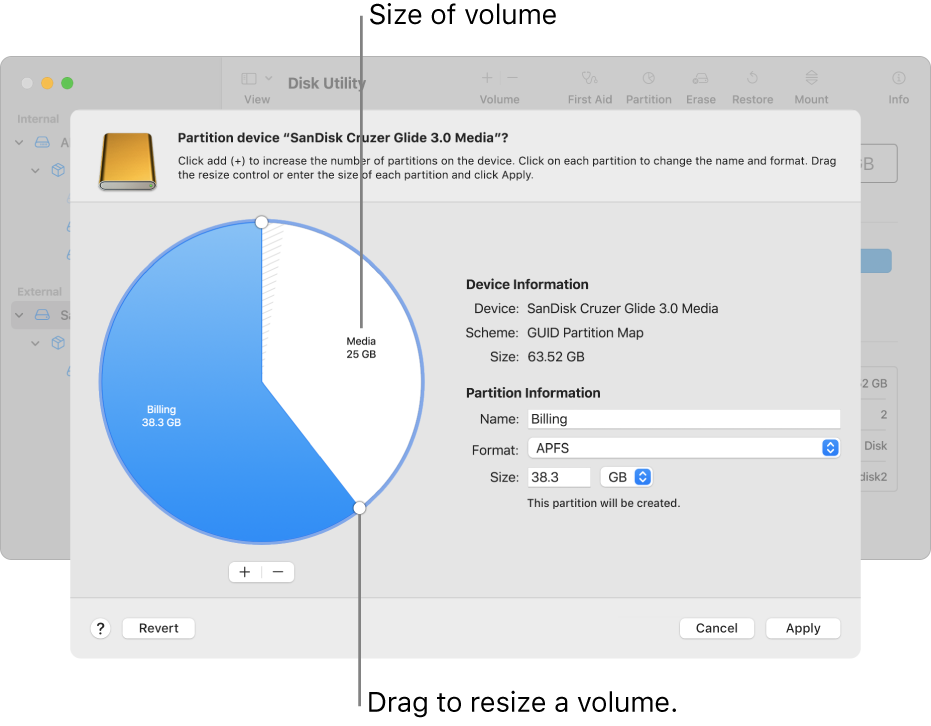

Microsoft has, however, decided to concentrate on the NTFS filing system. Importantly, exFAT data has no real file size limit. To keep up with moderns standards, FAT32 is being replaced by the exFAT filing system, which stands for "Extended File Allocation Table". Hence, despite being one of the most commonly used filing systems within devices such as flash drives and DVDs, the FAT32 system is getting outdated as we move towards blu-ray disks and 1TB memory card sticks. Looking at the aforementioned numbers in a practical sense, FAT32 is able to store 2TB of data in a single partition and a single file cannot be larger than 4GB. FAT32 can use up to 4294967296 blocks of data (or 232) as compared to the modest 4096 blocks (or 212) supported on the original FAT12.
Best filesystem for mac and windows windows#
FAT16 was succeeded by FAT32, which is currently the modern standard for the Windows file system. As nature took its course, FAT12 got outdated and replaced by FAT16 which had support for larger files (due to the larger number of bits). The first iteration of the FAT system was called the FAT12 system, with the 12 representing the number of bits inside a file system block. The classic is called FAT ("file allocation table"). Microsoft has two principal methods of maintaining their file systems.

Even if you save something on your desktop, it will get saved into one of these partitions. Open any of these partitions and you find folders and files which you have saved onto your computer. Here you will see different partitions called "C" and "D." All the data is saved in these partitions.

To get a glimpse of how files work in Windows, you need to click on the "This PC" icon. A filing structure stores information about specific files in a manner in which it can access and organize them for later use.īut since there are a number of methods to get to a specific file, is one approach better than the other? Which one is faster? What about the users who are concerned about their data's security? How do file systems even work? Which file system is superior? Here we talk in detail about three of the most popular file systems around. These methods to access data, to know where it is stored or how it is stored, depends on the filing structure of the operating system. Meanwhile, all that you need to do on your Mac to get the same result is click on "Downloads." Whether you do it from the menu bar or anywhere else, it’s going to get you to exactly where you need to go.ĭoing the same task on Linux, however, could take a lot more time. If you are on a Windows device, and you want to find a file you just downloaded, you go to "This PC," from where you click on "Documents" and there you find yet another folder called "Downloads" that has the downloaded files stored. These paths and directories are called File Systems. Well, for every file, there are paths and directories that lead to that specific file. Have you ever wondered where the files in your Mac get stored? How are they accessed? How are they retrieved?


 0 kommentar(er)
0 kommentar(er)
